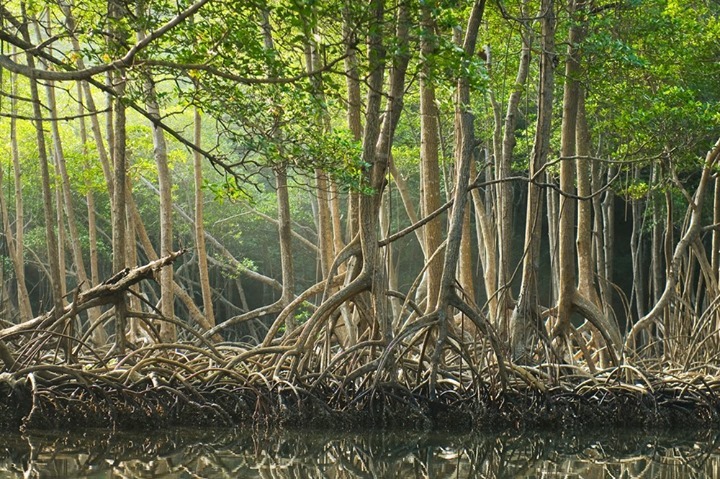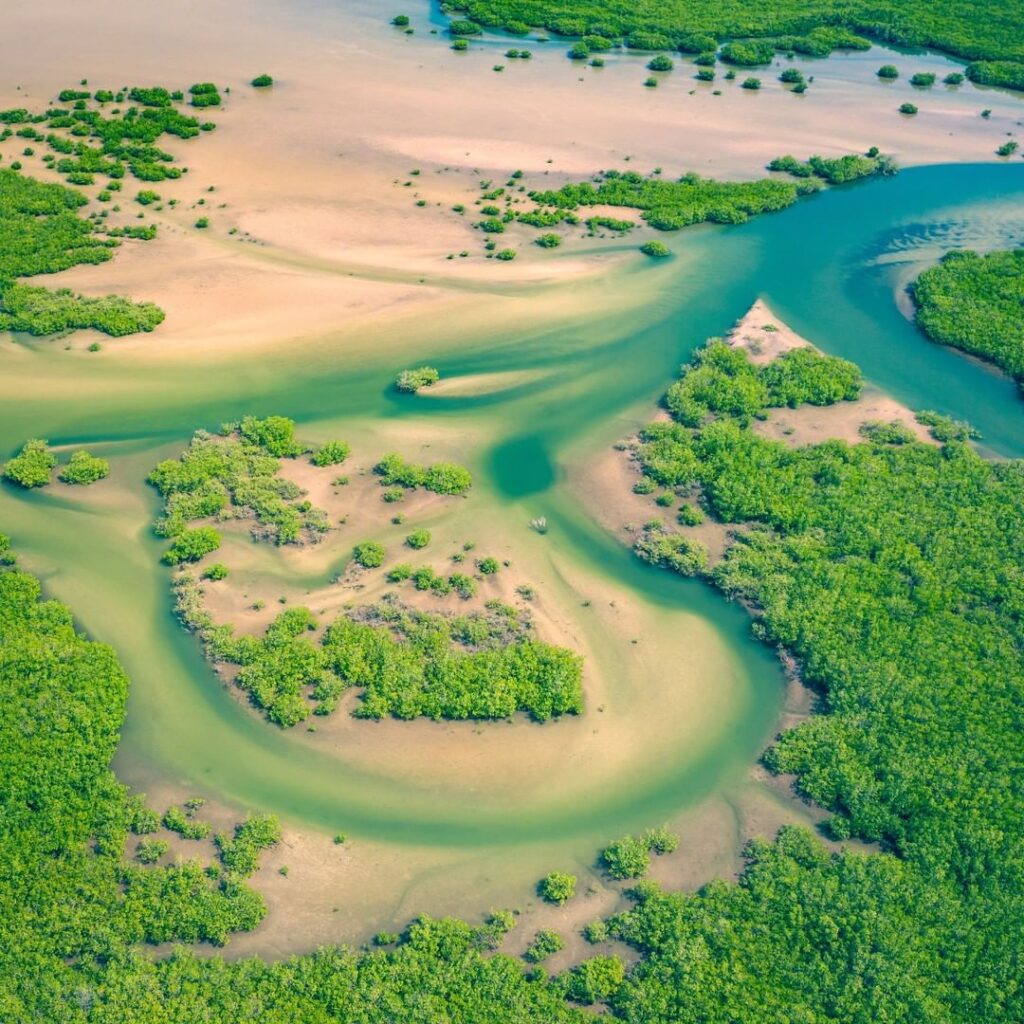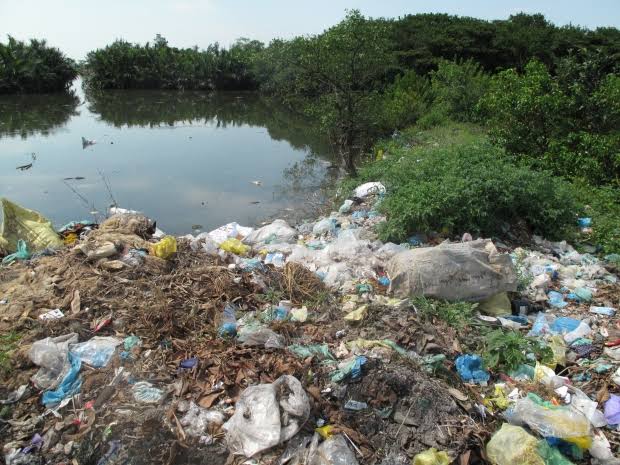Mangroves

- Mangroves are diverse group of salt tolerant plant community of tropical and subtropical intertidal regions of the world , occuring mainly between latitude 24 degree north and 38 degree south.
- They exhibit varied morphological and physiological evolutionary adaptations to survive the limiting factors imposed by lack of oxygen ,high salinity and diurnal tidal inundation .
Characteristics of Mangrove Forest

1.Lack Of Oxygen
2.High Salinity
3.Sunken Stomata – They are morphological features of xerophytes to reduce water loss by transpiration . In this condition the stomata is surrounded by hair like projections from surrounding epidermal cells. Which surrounds stoma so as to reduce water loss through stoma.
4.Aerial Breathing Roots called Pneumatophores
5.Vivipary – Vivipary means the seed germinates while it is still attached to the mother plant.
5.Stilt Roots – A root that arises from the lower bole and that runs obliquely to the ground, as in mangroves.
6.Buttresses – A tree root that extends above ground as a platelike outgrowth of the trunk supporting the tree. Buttress roots are mainly found in trees of tropical rain forests.
Mapping of Mangrove Forests
Remote sensing is an efficient method of mapping and monitoring of mangroves , because of their conspicuous signatures which are easily discernible on the satellite images.
Benefits of Mangrove Forests

- Mangroves have a complex root system which is very efficient in dissipating the sea wave energy thus protecting the coastal areas from tsunamis ,storm surges and Soil erosion.
- Mangrove roots slow down water flows and enhance sediment deposition.
- They act as a zone of land accretion due to trapping of fine sediments including heavy metal contaminants .
- They also arrest coastal erosion and sea water pollution .
- They act as a fertile breeding ground for many fishes and other marine gaune .
- They are important carbon sink.
- They act as an important source of Livelihood for the coastal communities dependent on collection of honey ,tannins ,wax and fishing .
Mangrove cover across the world .
- The total Mangrove cover in the world is 1% of the tropical forests of the world .
- They are distributed over 123 countries and territories in the tropical and subtropical regions.
- Asian continent has the largest extent of the world’s Mangroves.
- About 40% of world’s Mangrove cover is found in South East Asia and South Asia.
- India has about 3% of the total Mangrove cover in South Asia.
Destruction Of Mangroves

- Mangrove forests have often been seen as unproductive and smelly, and so cleared to make room for agricultural land, human settlements and infrastructure (such as harbours), and industrial areas.
- Mangrove trees are used for firewood, construction wood, wood chip and pulp production, charcoal production, and animal fodder. While harvesting has taken place for centuries, in some parts of the world it is no longer sustainable, threatening the future of the forests.
- Reduction in river water levels – Dams and irrigation reduce the amount of water reaching mangrove forests, changing the salinity level of water in the forest.
- Invasion by alien species – Introduction of non-native and alien species of plants and animals are causing threat to the endemic species of the region. This has led to imbalance in ecological structure, resulting in their depletion.
- Over fishing The global overfishing crisis facing the world’s oceans has effects far beyond the directly overfished population. The ecological balance of food chains and mangrove fish communities can also be altered..
- Destruction of coral reefs: Coral reefs provide the first barrier against currents and strong waves. When they are destroyed, the stronger-than-normal waves and currents reaching the coast can undermine the fine sediment in which the mangroves grow. This can prevent seedlings from taking root and wash away nutrients essential for mangrove ecosystems.
- Fertilizers, pesticides, and other toxic man-made chemicals carried by river systems from sources upstream can kill animals living in mangrove forests, while oil pollution can smother mangrove roots and suffocate the trees.
- Mangrove forests require stable sea levels for long-term survival. They are therefore extremely sensitive to current rising sea levels caused by global warming and climate change.
